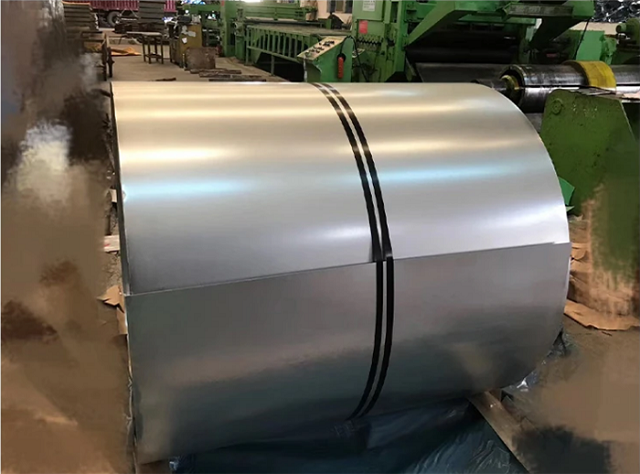Galvanized sheet metal, as a type of metal sheet coated with a layer of zinc on the surface of steel plates, is widely used in various fields due to its excellent corrosion resistance. When in use, thickness is an important parameter that directly affects its performance and applicability. The galvanized sheet metal thickness determines its strength, corrosion resistance, and service life. Usually, the thickness of galvanized sheet metal can be selected according to actual needs.

For some lightweight structures and general applications,thinner galvanized sheet metals can meet the requirements. These applications include roofs, walls, and some non load bearing structures. Thinner galvanized sheet metal has lower cost and lighter weight, making it easier to process and install. However, for some load-bearing structures and applications that require higher corrosion resistance, thicker galvanized sheet metals are more suitable. A thicker galvanized layer can provide better corrosion resistance and higher strength, ensuring the stability and service life of the structure.
When choosing the appropriate galvanized sheet metal thickness, it is also necessary to consider the actual environmental conditions. In corrosive climate environments or special conditions such as contact with acidic and alkaline solutions, galvanized sheet metals thicker need to be selected to provide stronger corrosion resistance. In addition, cost factors should also be considered based on specific usage requirements and budget.
In short, the galvanized sheet metal thickness is a key technical parameter that needs to be selected based on specific applications and environmental conditions. Thinner galvanized sheet metals are suitable for general applications, while thicker galvanized sheet metals are suitable for load-bearing structures and special environments. Choosing the appropriate thickness can ensure the performance and service life of galvanized sheet metal, thereby meeting the needs of various industries.
 Language
▼
Language
▼
